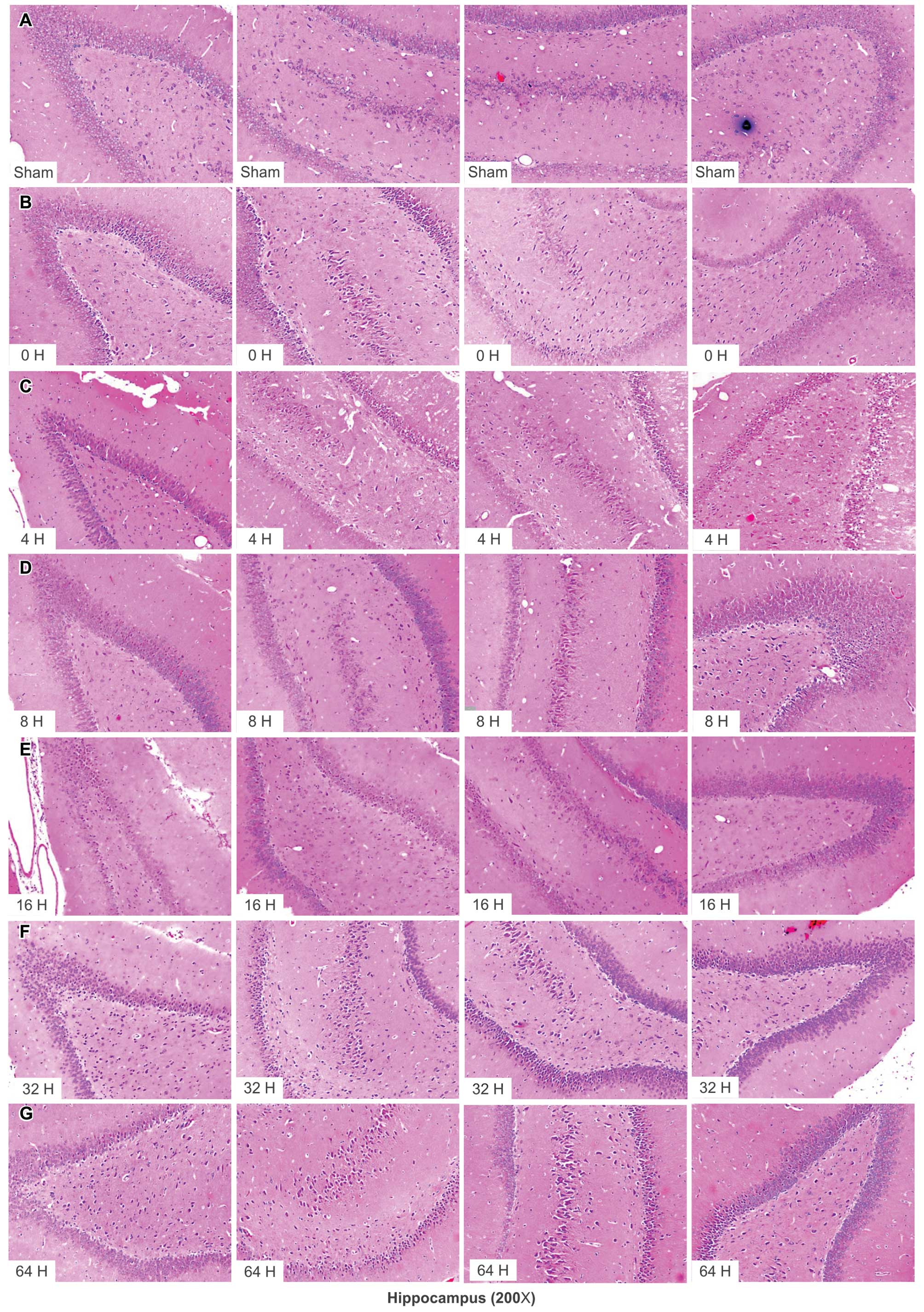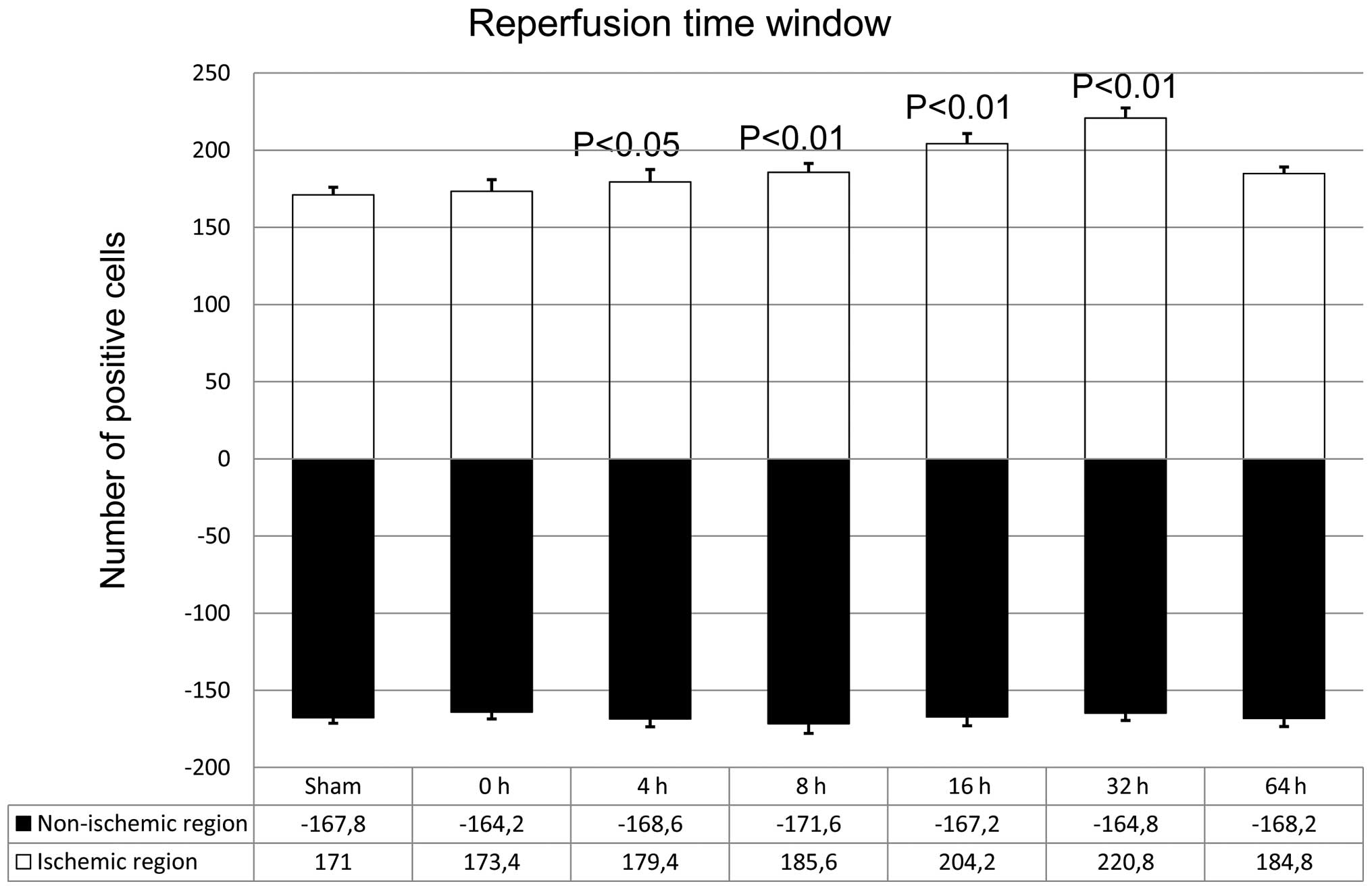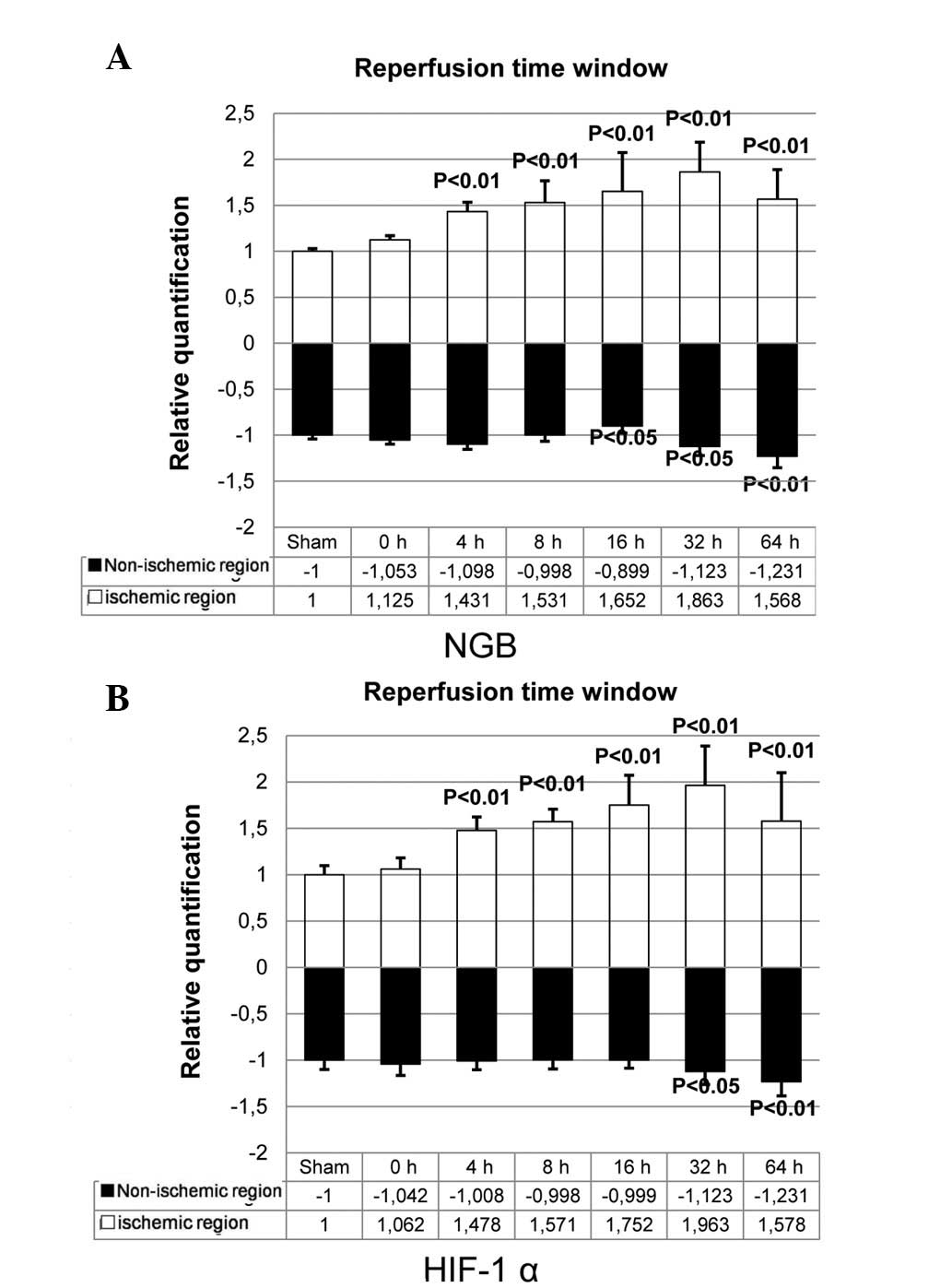Upregulation of neuroglobin expression and changes in serum redox indices in a rat model of middle cerebral artery occlusion
- Authors:
- Published online on: April 3, 2015 https://doi.org/10.3892/mmr.2015.3593
- Pages: 1693-1698
-
Copyright: © Shang et al. This is an open access article distributed under the terms of Creative Commons Attribution License [CC BY_NC 3.0].
Metrics: Total
Views: 0 (Spandidos Publications: | PMC Statistics: )
Total PDF Downloads: 0 (Spandidos Publications: | PMC Statistics: )
Abstract
Neuroglobin (NGB) is a recently identified protein, which is localized in the neurons and retinal cells of the central and peripheral nervous systems in vertebrates. It is hypothesized to function as a scavenger for reactive oxygen species, or as a stress‑responsive sensor for signal transduction in hypoxic‑ischemic brain insults. However, the mechanism underlying the physiological function of this protein remains to be elucidated. In the present study, the profiling of changes in the serum redox index of morphological features of the hippocampus and cortex, and of the expression of NGB and hypoxia‑inducible factor‑1α (HIF‑1α), are described in a rat middle cerebral artery occlusion (MCAO) model. The necrotic zone of the rat neural tissues increased in size with increasing reperfusion time, and different brain slices exhibited necrosis in different regions. The number of NGB‑positive hippocampal and cortical cells, as well as NGB and HIF‑1α transcript and protein levels in the ischemic cortex, increased with increasing reperfusion time. NGB and HIF‑1α mRNA and protein levels peaked in the group that received reperfusion at 32 h after MCAO. These findings indicated that HIF‑1α may be involved in ischemic pathology in an MCAO model and that NGB expression may be upregulated. Serum superoxide dismutase (SOD) activity decreased and serum malondialdehyde (MDA) levels increased with increasing reperfusion time, indicating that the redox potential increased following MCAO. Serum SOD and MDA measurements may, therefore, be useful as biomarkers for the early detection of ischemic injury in a clinical setting.















